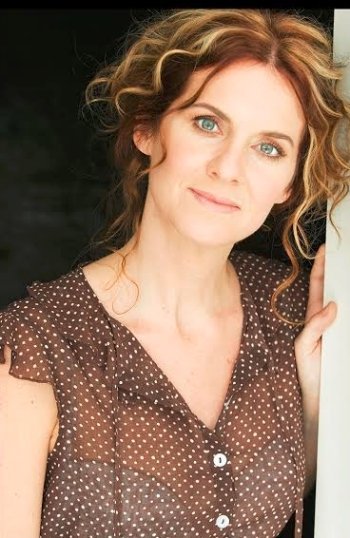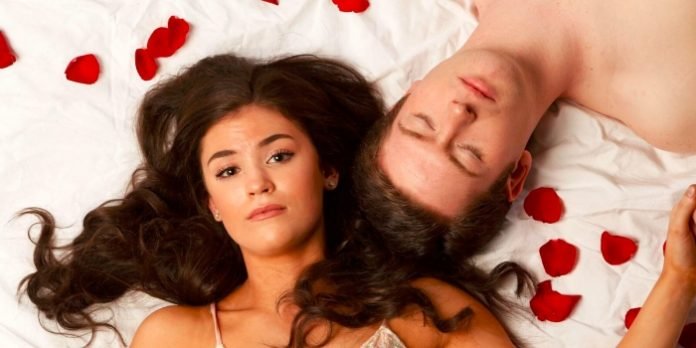Following the success of Theatre Under the Stars’ production of Hairspray last summer, director Sarah Rodgers is back, this time at the helm of the classic American musical, West Side Story.
Decidedly darker than the effervescent Baltimore-set Hairspray last year at Stanley Park’s Malkin Bowl, West Side Story is an adaptation of Romeo and Juliet located in New York’s Upper West Side blue-collar neighborhood of the 1950s. The musical follows two rival gangs battling it out for control of the turf, complicated by one gang member who falls in love with a rival’s sister.
A Revolution
Considered by many as a major turning point for the musical theatre genre, West Side Story was hailed as revolutionary. Surprisingly though it only managed a relatively small 732 performances during its original run on Broadway. Nominated for six Tony Awards in 1957, it captured just two for choreography and set design. It was the more traditional The Music Man that took top honours that year.
It wasn’t until the film version, starring Natalie Wood and Richard Beymer, that West Side Story finally got its dues. In 1961 it went on to win ten Academy Awards, including best picture. The stage musical saw a resurgence following the movie’s success with a number of Broadway revivals, tours, and countless regional and international productions that continue today.
“The reviewers knew something monumental was going on, but audiences didn’t really get it at the time,” says Rodgers. “Imagine, a musical that ends with a death, it was very revolutionary. It wasn’t until the movie came out that it suddenly became mainstream.”
A Classic
“There is a reason why West Side Story is a classic, and enduring,” says Rodgers. “As I delved in the work, I realized it really is a masterpiece; the lyrics, the music and the book are fantastic. For a piece written in 1958 they really took such care with the writing.”
Calling the story “lean”, Rodgers says that is also part of why West Side Story was so considered so ground-breaking. “Some of the classic musicals are very long with a lot of music and long scenes. With West Side Story, the book is very economically written.”

Like a Virgin
Despite the movie popping up on television screens at least once a year, and a number of stage productions in Vancouver over the years, Rodgers has never seen West Side Story in its entirety.
“I’m a virgin,” she says with a laugh. “I’ve only seen bits and pieces of the movie and have never seen it on stage.”
Rodgers does have vague memories of seeing snippets on television as a child. “Maybe because it was such a tragedy, my parents kept me away from it,” she says with another laugh.
At the Ballet
For anyone with even a passing knowledge of West Side Story, there are as many memorable songs as there are iconic moments. For director Rodgers, that moment comes in the form of the ballet number during the song “Somewhere” in act two.
Perhaps it is because Theatre Under the Stars did not purchase the accompanying rights to Jerome Robbins’ original choreography – the choreography rights are sold separately to the performance rights – Rodgers saw it as an opportunity, bringing on Vancouver contemporary dance choreographer, Tara Cheyenne Friedenberg.
“Instead of asking one of the wonderful musical theatre choreographers that I know, I wanted someone from the outside with fresh eyes,” says Rodgers.
Calling it an “invigorating” experience working with Friedenberg as she created new choreography for the show, the dream ballet sequence takes on additional meaning with the addition of two same-sex couples.
“The bigger theme of ‘Somewhere’ talks about a beautiful place where everyone can live together in peace,” says Rodgers. “The ending of ballet is about Tony and Maria finding love, but it is so much more than that, and so we have added two men and two women to dance as part of the ballet.”
Because it is 1958
A breeding ground for many pre-professional and community actors, Theatre Under the Stars traditionally sees a large contingent of younger players. West Side Story is no different, with the bulk of its cast of an age with zero first-hand knowledge of the show’s time period.
Dealing with her relatively young cast, Rodgers spent time working with them to put things into the context for them.
“There was lots of table work in the first week as I educated them, but they are very clever and they have all done their homework,” she says. “You’ll see when you come how young and beautiful they all are, and that is what this show is about.”
Because it is 2016
With constraints placed on any production of West Side Story as to the time period, Rodgers has found ways to use that to her advantage.
“Under no circumstances are you allowed to update the show, and it’s no wonder that every production looks the same,” says Rodgers. “I thought, that is okay, I can work with these restraints, but I’m going to make it edgier.”
“In the rumble we’ve worked to make it make it much edgier, to make it more like a street fight,” she says. “It is full-on skin-on-skin rumble, with weapons you would really find under a bridge.”
Pushing its 1958 envelope, she and Friedenberg are also exploring the very early roots of hip hop.
Sharks and Jets
Set in the multi-ethnic area of New York, the two rival gangs are made up of the Puerto Rican Sharks and the white Jets. Rodgers says she did her best to represent that diversity, but found herself having to look beyond Vancouver’s Latinx community.
“I really wanted to find Latino artists to represent the Puerto Rican characters and did find Alen Dominguez and Alexandra Lainfiesta who play Bernardo and Anita,” she says. “We really reached out to the Latino community, and found two other women that are Latino in the ensemble.”
But with few options, Rodgers was unable to fill all the roles with Latino actors, filling in where she needed with other ethnic groups including Filipino actors.
Story Not Politics
Given the racial tensions that are portrayed in West Side Story, it doesn’t take much to see the parallels to what is happening south of the border right now in the U.S. election.
“We’re mostly keeping the politics out,” she says. “We talked about it in our research, and the sad irony of how it would be timely, but as you dive into the show it is all about the story. That is what we have focused on.”
West Side Story plays in repertory with Disney’s Beauty and Beast at Stanley Park’s Malkin Bowl from July 6 to August 20. Visit https://tuts.ca for tickets and information.

